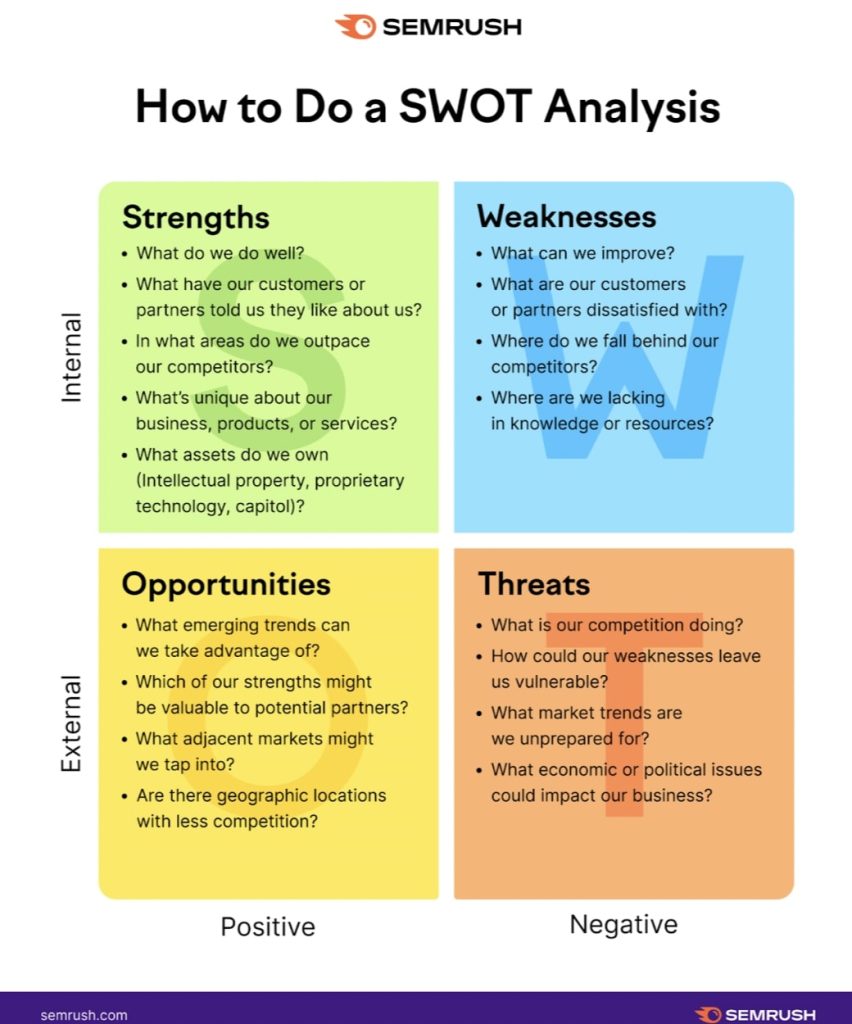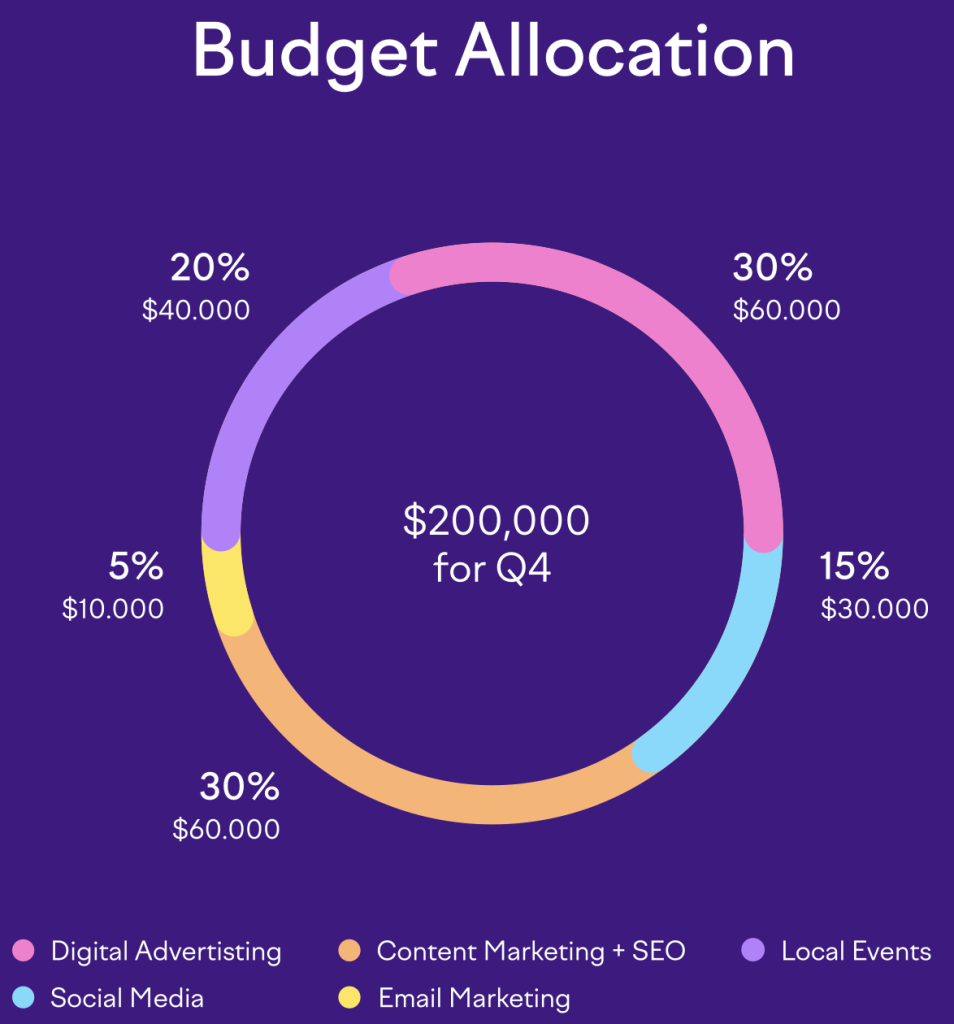Have you ever felt like you have been implementing things in your marketing but nothing is working and you don’t know why? More times than not, its because you don’t have a marketing plan or strategy in place. Today, we’ll explore the importance of developing a comprehensive marketing strategy, the role of consistency across different marketing channels, and how data-driven decisions play a pivotal role in this process.
A marketing strategy will:
- Align your team to specific goals
- Tie your efforts into business objectives
- Identify and test what resonates with your target audience
- Empower you to capitalize on up and coming trends
Keeping up with trends is one of the most important on the list but can be a full time job without the right tools in place. It’s common knowledge that the industry for marketers specifically has changed more in the past 3 years than it has in the past five decades.
A marketing strategy is what will help you continue to pivot with the constant industry changes,what worked for your business 3 years ago may not work for your business today.
Distinguishing Between Strategy and Plan:
Marketing Strategy: Outlines the long-term goals and overall approach. It encompasses understanding market dynamics, target demographics, and competitive landscapes. For instance, Nike’s marketing strategy focuses on brand storytelling and emotional connections, evident in campaigns like “Just Do It.” A Comprehensive strategy is not an overnight strategy, also keep in mind the strategy is meant to be fluid throughout the year pivoting based on data and customer engagement.
On the other hand, Marketing Plan translates strategy into actionable initiatives, detailing specific tactics, timelines, and resource allocations in order to achieve those goals. For example, within Nike’s marketing plan, initiatives could include:
- launching new product lines through targeted social media campaigns
- sponsoring high-profile events
- leveraging influencer partnerships
Both a marketing plan and strategy are essential for the success of your business.
Marketing Mix or 4P’s of Marketing:

This is taking it back to the basics, if you have done this before then you know why it is important. The marketing mix or the 4P’s of marketing is a document that helps you understand what, where, and how you will be marketing it. The following P’s make up this framework:
- Product: What are you selling?
- Price: What is the price?
- Place: Where will you be selling the product?
- Promotion: Where will you be promoting the product?
Once you have this information mapped you can then extract the data and make it into a full on marketing plan for each channel you plan to promote on. Remember!!! Map this information in broad terms so that you can understand the overall direction of your marketing strategy.
Developing Your Marketing Strategy:

This process is easier with the marketing mix as previously mentioned because you can set your marketing objectives in conjunction with your 4 P’s or right after. No matter what route you take, you should outline your marketing goals before you build upon your strategy. Your goals will help you make SMART or informed decisions including budget and content creation.
We have created a list of 7 important steps for crafting a comprehensive marketing strategy within your marketing plan.
Setting SMART Goals:
With every objective, you should aim to be as specific as possible, this is where the SMART goals come in.
Specific, Measurable, Achievable, Relevant, and Time-bound (SMART) goals. Whether it’s expanding market share, enhancing brand awareness, or boosting sales figures, clear objectives provide direction and benchmarks for success.
Here are some examples of SMART marketing goals:
- Increase social media engagement by 30% within six months
- Generating an extra 500 leads per month compared to last year
- Achieving a 10% increase in revenue in the next quarter
Pro Tip: Divide by channel or promotion tactics, you can always come back and revise. This might seem like alot to take on but trust me, it will be worth it.
Market Research and Identifying Your Target Audience:

Conduct thorough market research to unearth insights into consumer preferences, market trends, and competitive landscapes. Utilize tools like surveys, focus groups, and industry reports to delineate your target audience’s demographics, psychographics, and pain points.Integrate a SWOT analysis (Strengths, Weaknesses, Opportunities, Threats) to assess internal capabilities and external market dynamics, laying a foundation for strategic decision-making.
Determining Your Overall Approach
Based on market insights and SWOT analysis, (Strengths, Weaknesses, Opportunities, & Threats both internal and external) outline your overarching approach. Identify unique value propositions and positioning strategies that resonate with your target audience. Whether it’s innovation, cost leadership, or differentiation, align your approach with organizational strengths and market opportunities
Crafting Key Brand Messaging
Develop compelling brand messaging that encapsulates your brand’s essence, values, and promises. Ensure consistency across all communication touchpoints, reinforcing brand identity and fostering emotional connections with your audience
Selecting Marketing Channels and Tactics:
Navigate through the vast landscape of marketing channels, spanning owned, earned/shared, and paid avenues. Owned channels encompass platforms directly controlled by the brand, such as websites and social media pages. Earned/shared channels entail organic exposure through word-of-mouth, influencer endorsements, and social sharing. Paid channels involve advertising initiatives across digital platforms, traditional media, and sponsorships.
Establishing Your Budget and Timelines:

Having a marketing budget should go without saying but I am going to say it… GET A MARKETING BUDGET! It’s an important part of your strategy, without allocating funds to hire the right people, the proper software, the necessary channels and create the appropriate content for your audiences then your marketing strategy wont have an impact.
No one said you had to start big but you have to start somewhere. Set clear timelines and milestones for implementation, ensuring accountability and progress tracking throughout the execution phase.
Tracking and Monitoring Progress:
Implement robust analytics and monitoring mechanisms to track the efficacy of your marketing efforts. Leverage key performance indicators (KPIs) to gauge progress against predefined goals, iterating strategies based on real-time insights and market feedback.
Emphasizing Consistency Across Channels:
Consistency is key when it comes to effective marketing strategy. Your brand should present a unified and cohesive message across all marketing channels, from your website and social media profiles to email campaigns and advertising efforts. Consistent branding helps build trust and credibility with your audience, reinforcing your brand identity and values. Whether it’s the tone of voice, visual elements, or messaging, maintaining consistency ensures that your audience receives a cohesive brand experience at every touchpoint.
The Role of Data-Driven Decisions:
Data-driven decisions are the foundation of an effective marketing strategy. By leveraging data analytics and insights, businesses can gain valuable intelligence into customer behavior, preferences, and trends. Data-driven decisions enable marketers to identify which marketing channels and tactics are most effective in reaching and engaging their target audience. From analyzing website traffic and social media metrics to tracking campaign performance and conversion rates, data-driven decisions provide the insights needed to optimize marketing strategies for maximum impact. Read our data driven blog to learn more about some of the tools we use here at KMJ.
Moreover, data-driven decisions help marketers measure the success of their marketing efforts and make adjustments in real-time based on performance metrics. By continuously monitoring and analyzing data, businesses can refine their marketing strategies, allocate resources more effectively, and drive better results.
In conclusion, crafting a comprehensive marketing strategy is essential for driving business growth and success in today’s competitive landscape. By developing a clear roadmap that aligns with your business goals, maintaining consistency across different marketing channels, and making data-driven decisions, businesses can create impactful marketing campaigns that resonate with their target audience and drive results. Embrace the grand unification of marketing strategy, and unlock the potential to achieve your business objectives with precision and purpose.






